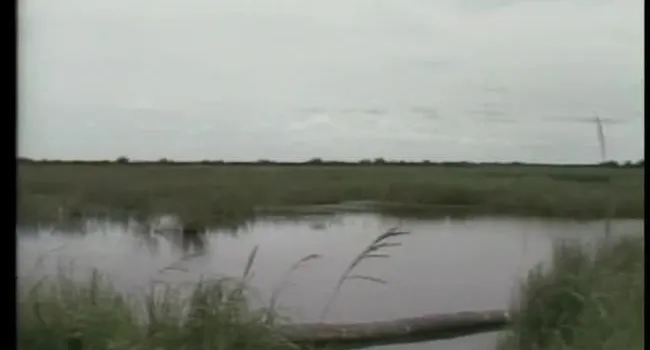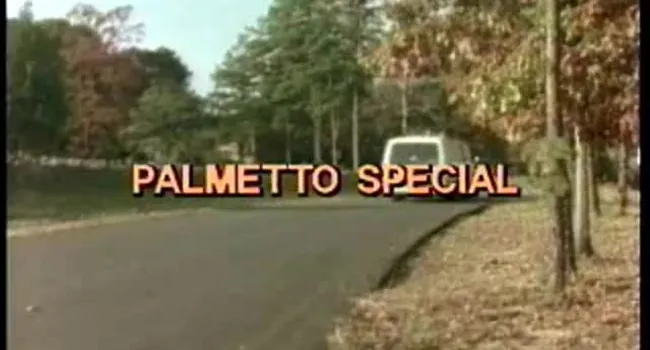The lesson consists of the host and three students visiting Keowee-Toxaway State Park in Pickens County. The story of the Cherokee is told there through drawings and artifacts in a series of display centers along a trail. Intercut with that are scenes from "Unto These Hills," the outdoor drama in Cherokee, North Carolina, that depicts the story of the Cherokee. The major emphasis here is on the removal to Oklahoma between 1817 and the 1840's. The story centers around an Indian named Tsali (pronounced Salee). Tsali's wife was murdered by a soldier who Tsali subsequently kills. He then flees to a hiding place in the mountains with his sons. The commander of the army makes a deal that if Tsali will give himself up then the others who had fled to hiding places in the mountains could go free.
BACKGROUND: At the time of European discovery and colonial development about 15,000 Indians occupied the area of modern South Carolina. They comprised over 28 different tribes and had a spoken language of about as many dialects. They lived throughout the state but were primarily located along the Savannah River, the foothills of the mountains and the seacoast. As the province developed, trade with the Indians became its leading business. South Carolina developed the greatest Indian trading empire in all the colonies.
The first European contacts were made with the seacoast Indians--the Cusabo and the Winyah. Indian relations became one of the most important aspects of colonial South Carolina However, as trade developed and expanded, trouble frequently arose between unscrupulous traders and the Indians
Much trade was conducted with the Cherokee. They lived in the piedmont and mountain regions of South Carolina but their nation extended over the Appalachian Mountains into present day Georgia, North Carolina and Tennessee. The main town of the lower Cherokees (those on the eastern side of the mountains) was Keowee. Today Keowee lies beneath Lake Keowee, a part of Duke Power Company's Keowee-Toxaway Nuclear Power Plant. The Cherokee were a strong tribe. They were an ally to the colonists in disturbances with other tribes. This all changed with the French and Indian War. They fought the colonists in the Cherokee War--the southern part of the French and Indian War. Good relations never recovered and they were eventually removed to Oklahoma in the infamous "Trail of Tears."
Today a small group of Catawba Indians remain as the only recognized Indian tribe in the state. Many live on a reservation near Rock Hill in York County.
Standards
- 3-2 The student will demonstrate an understanding of the exploration and settlement of South Carolina.
- This indicator was written to promote inquiry into the unique development of ethnic, political, and religious identities in the New England, Mid-Atlantic, and Southern colonies.
- This indicator was designed to encourage inquiry into the geographic and human factors that contributed to the development of South Carolina’s economic system. This indicator was also written to encourage inquiry into South Carolina’s distinct social and economic system as influenced by British Barbados.











































